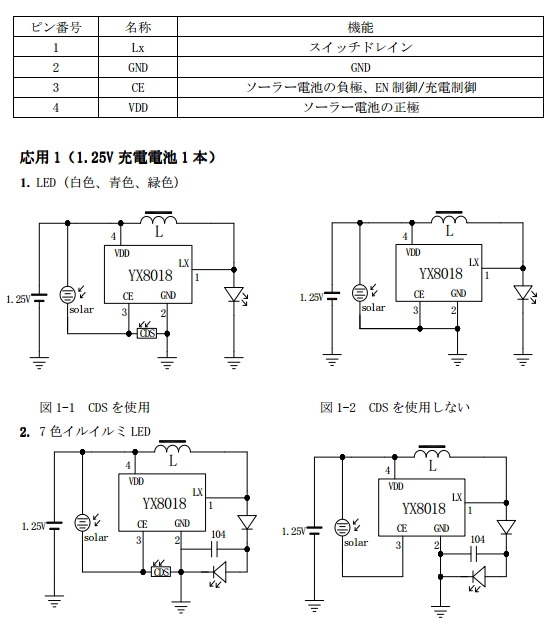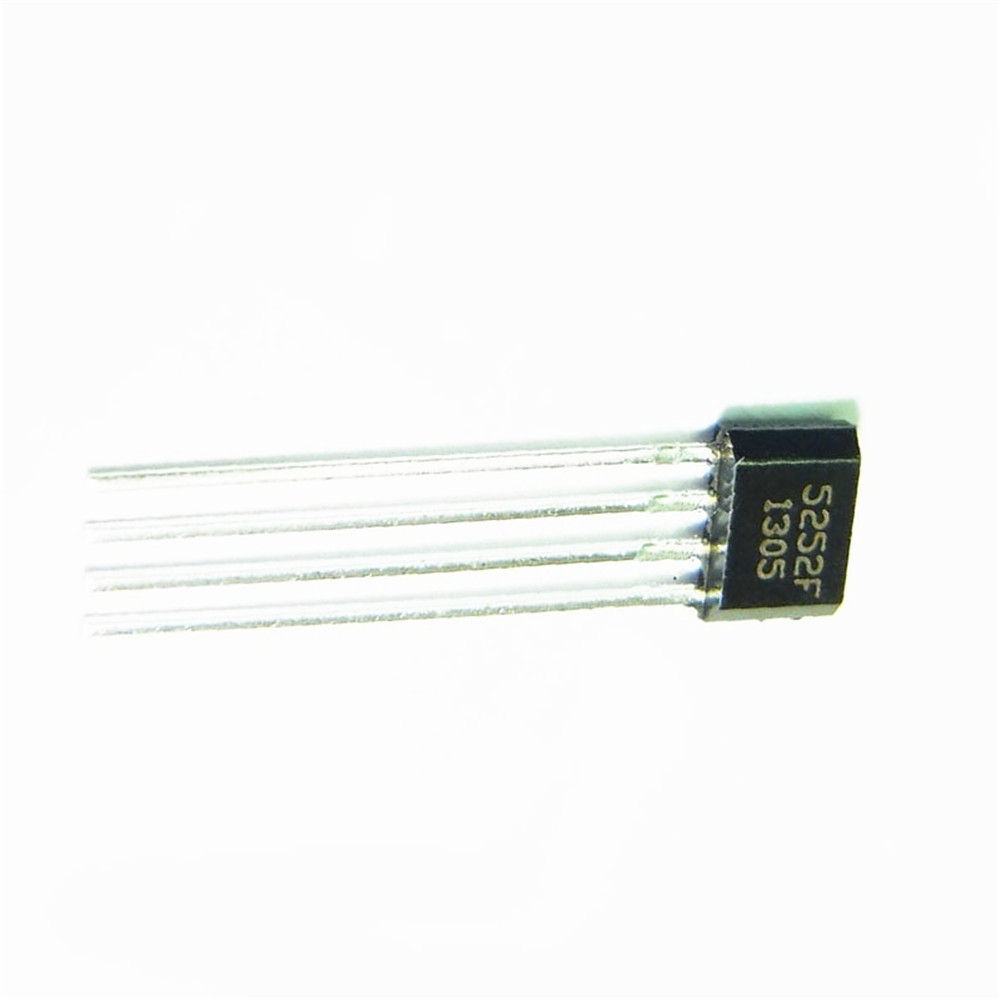
The 10k and 100k creates a delay in the circuit, thereby producing the flash. The two coils in the diagram form a Transformer and illustrate breaking down of magnetic field, producing a high voltage. It covers various features and shows the efficiency of a LED, when pulsed briefly with high current. Try to build the first circuit to flash white LED from a single cell. If you are keen to perform an experiment with the aforesaid process, you can definitely do the same since 100k and 1k5 resistors and other necessary parts are available in plenty.


The 10u discharges by 100k letting the base voltage increase to start the next cycle. As the magnetic flux breaks down, the negative leads’ voltage turns to as low as 10u, keeping the transistor in OFF state. This process also channels voltage through the feedback winding, which keeps the transistor in OFF state. The magnetic flux breaks down, producing a voltage in reverse direction, which is higher than the supply, thereby causing the LEDs to illuminate. The current in the main winding also discontinues abruptly. Thus turns the transistor in ON mode and continues unless turned ON fully.ĭuring this point the magnetic flux does not expand, and the voltage drops to the lowest voltage. It is essential to keep the two 30-turn windings together as the flux from main winding should cut the feedback winding to enable ON state of the transistor HARD.Īs the transistor turns on through 100k, the transistor generates magnetic flux in the main winding, cutting the feedback, and with it - a positive voltage is generated connected to 100k and 10u. There are room to improve the performance but the problem lies that the coil gets bigger. The larger 20mm coil reduces the current flow from 20mA to 11mA, keeping the same brightness. Getting maximum energy from the coil becomes possible because of the air at the centre of the coil.Īs Air is unable to transfer high magnetic flux, the idea is to provide a larger area (volume) of low flux for the provision of energy. The 30 turns + 30 turns coil as in the picture takes 20mA for the illumination of 2 LEDs. Remember to use 2 LEDs for the flashing circuit. In case it fails to work, just swap the wire which is going to the base.Īdd 10u electrolytic and 100k resistor, and remove the 1k5.

Once you build the first circuit, connect it to the wires. To build this efficient system, wind 30 turns on 10mm of 1/2” dia on a pen or screwdriver and another 30 turns on the top. The magnetic field which surrounds the coil is efficient to produce energy. As the magnetic field quickly gives away, the circuit renders high voltage in the opposite direction. With the collapsing magnetic flux it produces an increased voltage, despite the core being Air.

Every Joule Thief circuit uses ferrite rod or toroid core and its turns are wounded on a ferrite material.


 0 kommentar(er)
0 kommentar(er)
